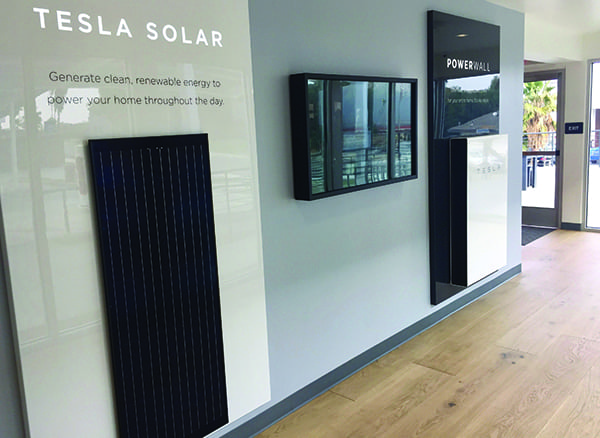
Tesla in July released more details of its virtual power plant (VPP) project in South Australia (SA), outlining the initiative as well as its resources and the benefits it will bring to the region. The company said the plant will include 50,000 homes fitted with solar panels and Powerwall 2 home batteries, adding the project will be the world’s largest VPP system when completed.
Tesla said the system is designed to lower residential power rates and provide grid stability. The VPP began taking shape in May after Tesla’s plan was approved by the ruling Liberal party. Energy Minister Dan van Holst Pellekaan reiterated the government’s support for the project at the Australian Energy Storage Conference in Adelaide in late May.
“It’s very important to be clear about this—we are honoring the existing commitments around the Tesla [VPP]. The VPP project is currently proceeding with the two trial phases as planned. The trial phases involve installation of home energy systems on 1,100 Housing SA homes. These are supported by a $2 million grant and a $30 million loan from the State Government. Subject to private finance, and the first two phases’ success, the third phase could grow to up to 50,000 home batteries connected to new solar installations, and this is in addition to our government’s 40,000 home election commitment,” van Holst Pellekaan said.
The 50,000 homes in the proposed 250-MW/650-MWh project are low-income and what Australia calls “social” housing units. Each home would be fitted with a 5-kW solar panel system and a 13.5-kWh Tesla Powerwall 2 battery storage unit (Figure 1). The VPP is expected to provide grid stability by shifting demand away from the larger grid during peak-use hours, functioning in much the same way as Tesla’s 100-MW/129-MWh Powerpack Hornsdale Power Reserve wind farm near Jamestown in South Australia, north of Adelaide.
Tesla has said the VPP project would take about four years to complete. The project is designed so that energy generated from the solar panels is stored in the Tesla batteries. Excess energy is sent to the grid and available for use elsewhere in SA. An initial trial of the system began a few months ago, with the 5-kW solar panel system and 13.5-kWh Powerwall 2 installed in 1,100 public housing sites.
Residents are not charged for the equipment; the sale of electricity to the grid covers that cost. Tesla said the next phase is installation of the system in an additional 24,000 public housing units. The company has said it could make the system available for private homeowners as early as next year, depending on the outcome of the trial phases. Tesla has said the VPP could provide as much generation capacity as a gas-fired turbine or coal-fired power plant, and could solve the problem of power outages. Its VPP literature says, “Powerwall can detect an outage, disconnect from the grid, and automatically restore power to your home in a fraction of a second. As long as the battery has storage in it at the time, you will not even notice the power went out.”
Government officials in SA have said the VPP can provide as much as 20% of the state’s average daily power requirement. Tesla will maintain a service hub at Adelaide’s innovation district in Tonsley, allowing technicians to monitor and service the Powerwall installations, the Powerpacks at the Hornsdale site, and Tesla’s supercharger electric vehicle charging stations across SA.
